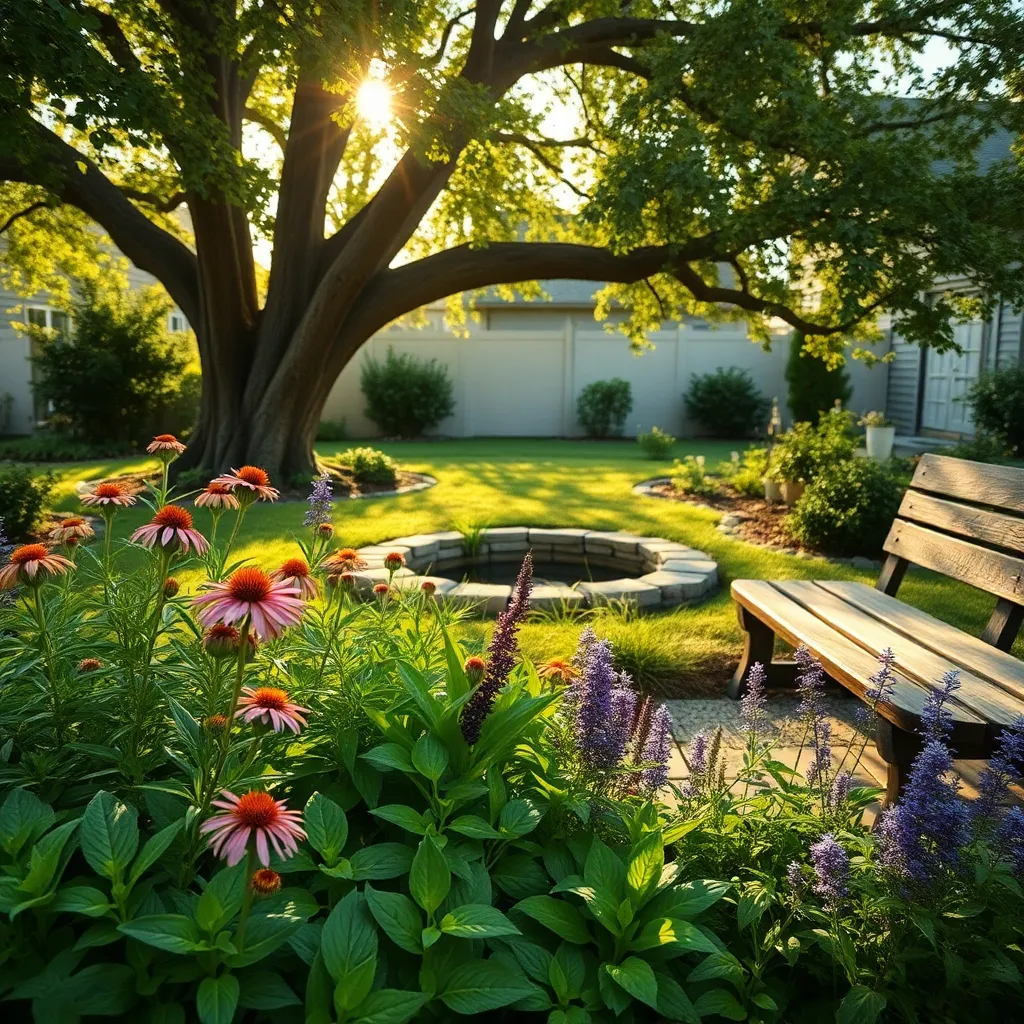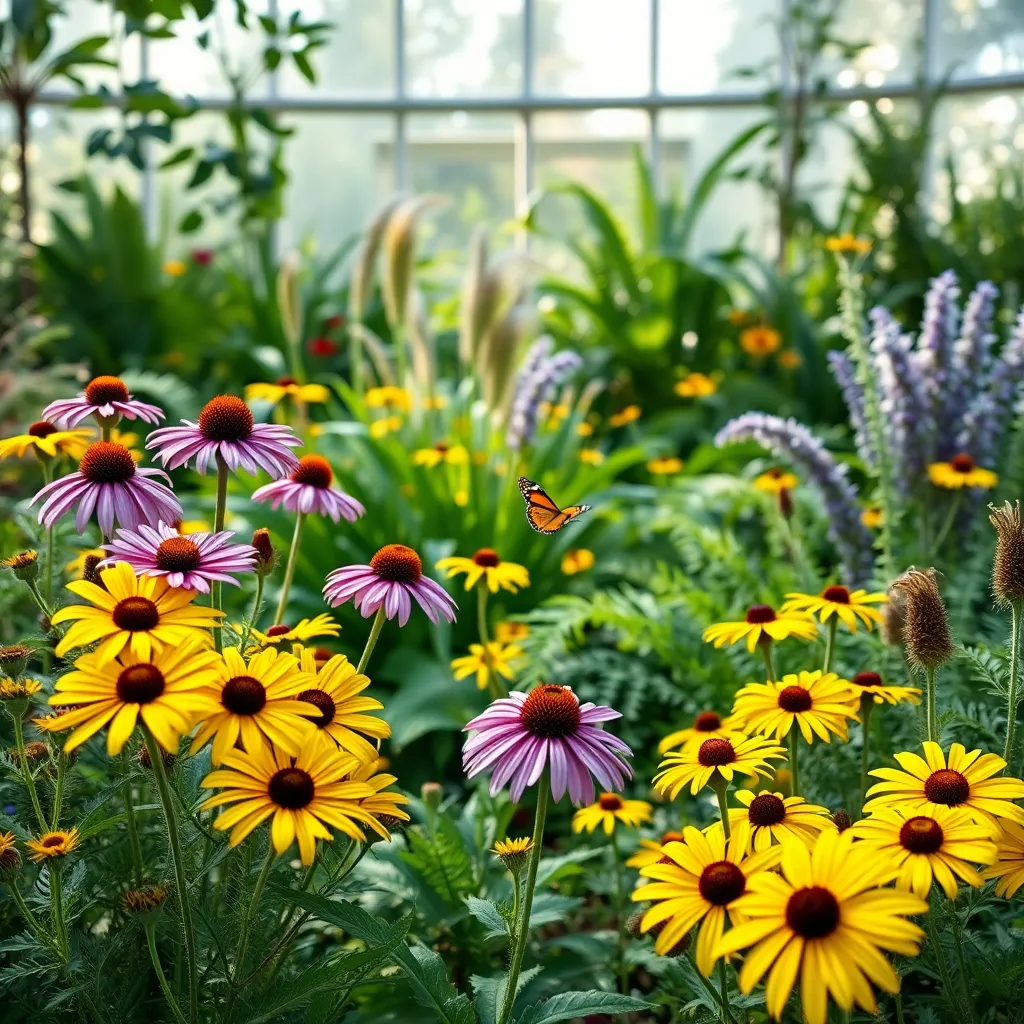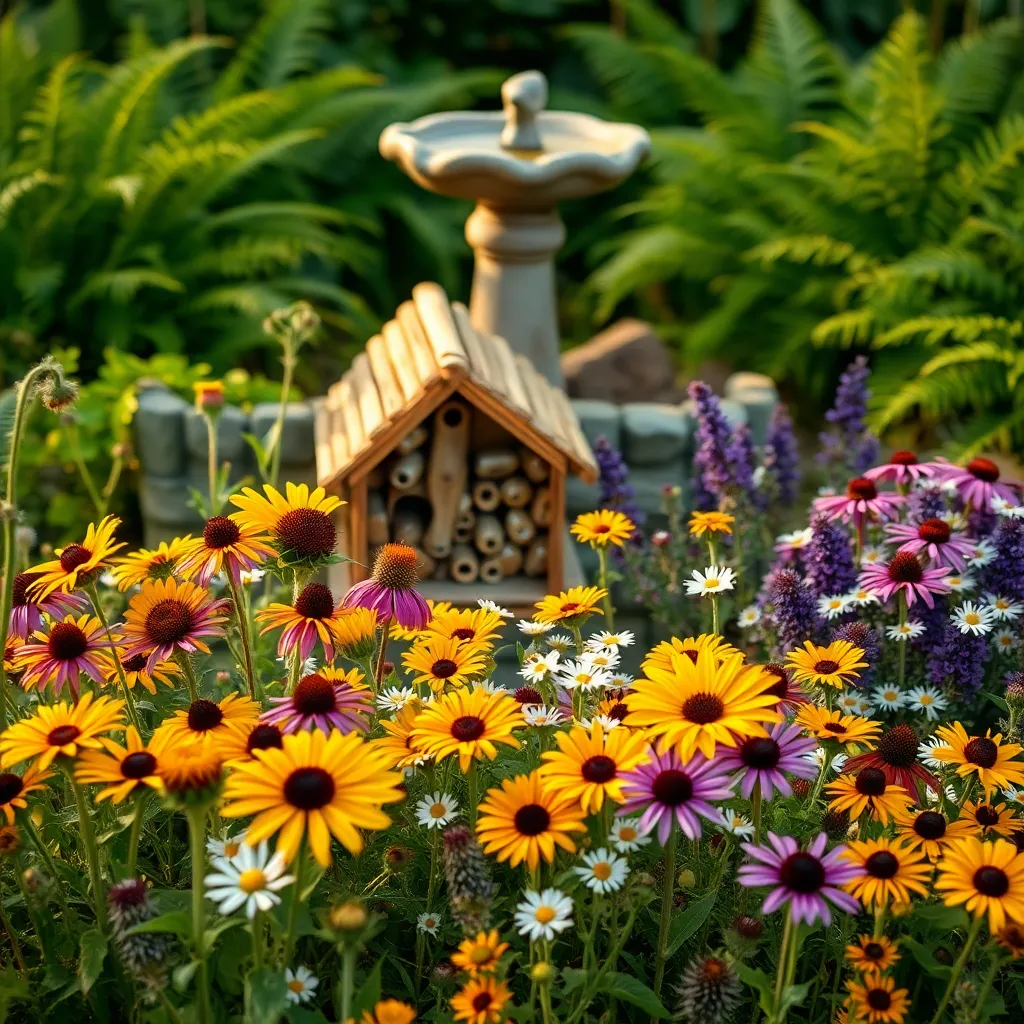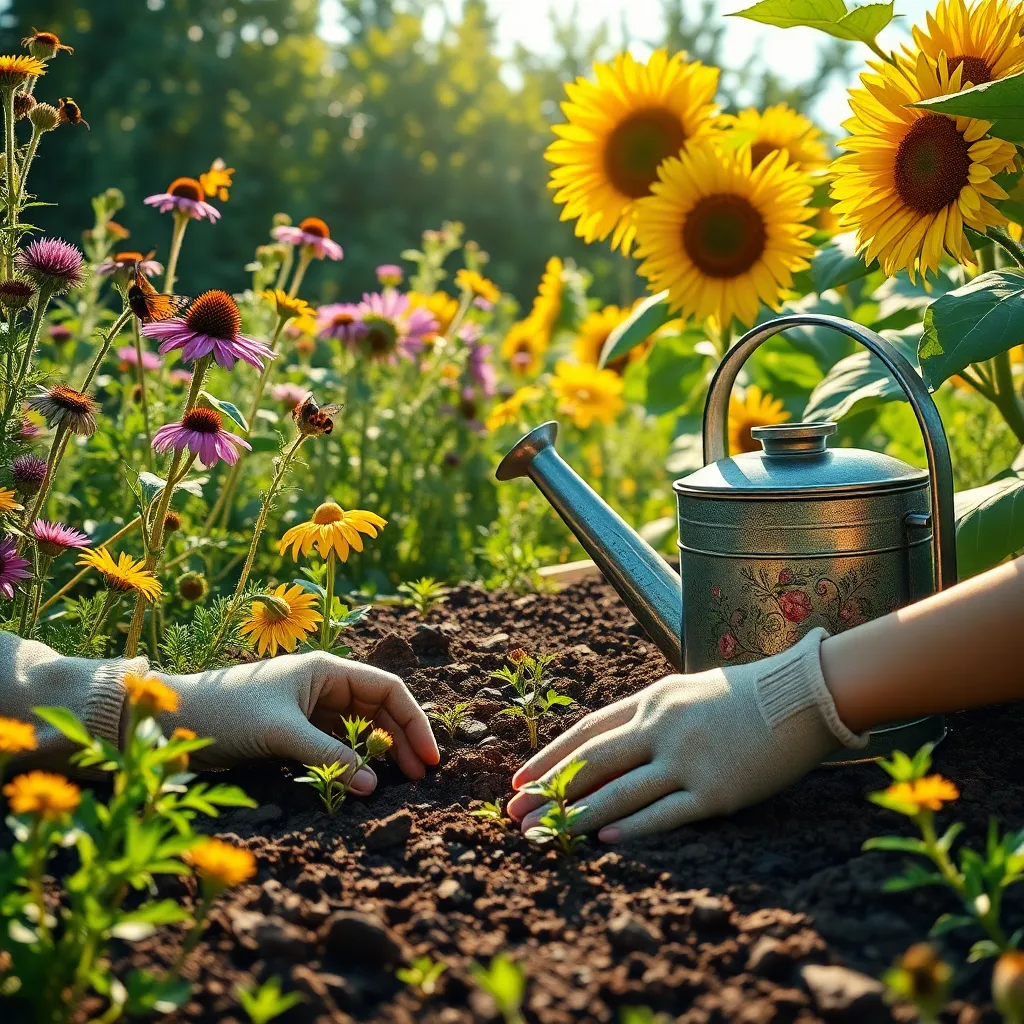Imagine stepping into your garden and being greeted by the gentle buzz of bees, the flutter of butterfly wings, and the cheerful melodies of songbirds. Building a wildlife garden transforms your green space into a sanctuary for local fauna, enriching the ecosystem and bringing nature’s wonders right to your doorstep. Whether you’re just starting out with your first flower bed or have years of experience under your belt, creating a haven for wildlife is a rewarding endeavor that connects you to the rhythms of the natural world.
The importance of wildlife gardens extends beyond mere aesthetic pleasure; they play a crucial role in supporting biodiversity and maintaining ecological balance. As urbanization continues to encroach upon natural habitats, our gardens can offer essential refuges for pollinators, birds, and small mammals. In this article, you’ll discover practical strategies for designing and cultivating a thriving wildlife-friendly garden, from selecting native plants to providing shelter and water sources. Together, we’ll explore how even small changes can make a big difference, turning your garden into a vibrant ecosystem that supports both plant and animal life.
You’ll learn how to choose the right plants to attract and support various species, creating a symphony of life that sustains itself year after year. We’ll delve into the best practices for nurturing habitats that invite biodiversity, ensuring your garden remains a lively, sustainable retreat. As you embark on or refine your wildlife gardening journey, you’ll gain insights into the delicate balance of nature, fostering a deeper appreciation for the interdependence of all living things. Let’s get started on this exciting path to transforming your garden into a welcoming oasis for wildlife.
Select a Suitable Garden Site

Choosing the right site for your wildlife garden is crucial for attracting a diverse range of species. Aim for an area that receives a mix of sunlight and shade to accommodate a variety of plants and wildlife preferences.
Begin by observing your potential garden site at different times of the day. This will help you understand the light patterns and identify any potential obstacles like large trees or buildings that might block sunlight.
Soil quality is another important factor to consider when selecting your garden site. Conduct a simple soil test to determine its pH and nutrient levels, ensuring you choose plants that are suitable for your soil type, whether it’s sandy, loamy, or clayey.
For those with compacted or poor soil, consider incorporating raised beds. These not only improve drainage but can also be filled with a custom soil mix rich in organic matter to better support wildlife-friendly plants.
Incorporate Native Plant Species

Incorporating native plant species into your wildlife garden is an excellent way to support local ecosystems. Native plants are adapted to the local climate and soil conditions, making them easier to care for and more resilient against pests and diseases.
To start, research which plants are native to your area by consulting local gardening resources or native plant societies. Selecting species that are naturally found in your region ensures they will thrive with minimal maintenance and attract a variety of wildlife.
When planting native species, focus on creating a diverse environment by including a mix of trees, shrubs, and groundcovers. This diversity provides food, shelter, and nesting sites for different wildlife, enhancing the ecological value of your garden.
Consider the specific needs of each plant, such as sunlight requirements and soil preferences. Most native plants prefer well-drained soil, but some may thrive in sandy or clay conditions, so adjust your planting strategy accordingly.
Water native plants deeply but infrequently to encourage strong root development. Once established, many native species are drought-tolerant and require less frequent watering, saving you time and resources while promoting a sustainable garden.
Create Diverse Habitat Features

Creating diverse habitat features in your garden can greatly enhance its appeal to wildlife. By incorporating a variety of elements, you can provide food, shelter, and nesting sites that attract a wide range of creatures.
One simple way to start is by adding a small pond or water feature, which can be a magnet for amphibians, birds, and insects. Ensure that the pond has sloping sides to allow easy access for wildlife and plant aquatic plants like water lilies to provide cover and oxygen.
Consider building a log pile in a shaded corner of your garden to simulate a natural woodland floor. This feature can become a haven for insects, fungi, and small mammals, and it requires little maintenance beyond occasional rearrangement to maintain air flow.
Integrating a mix of hedges or shrubs can create a natural boundary that offers excellent protection and nesting sites. Opt for species like hawthorn or blackthorn, which produce berries that are a valuable food source for birds during the winter months.
For those looking to add a vertical element, install a trellis and grow climbing plants such as honeysuckle or clematis. These plants provide nectar for pollinators and can offer shelter for birds, while adding lush greenery to your garden walls.
Install Water Sources for Wildlife

Incorporating water sources into your wildlife garden is essential for attracting a variety of animals. A simple bird bath can be an excellent start, offering birds a place to drink and bathe, which is crucial for their survival.
For those with more space, consider installing a small pond to support amphibians and insects. Ensure the pond has a gentle slope on at least one side, allowing creatures to easily enter and exit the water.
Placing the water source in a partially shaded area will help maintain cooler temperatures and reduce evaporation. Surround the area with native plants to provide additional cover and food, enhancing the habitat’s attractiveness.
Regular maintenance is key to keeping your water source healthy and appealing to wildlife. Clean bird baths weekly to prevent algae buildup and ensure ponds have some circulating water to avoid stagnation.
Maintain and Monitor Regularly

Regular maintenance is crucial to ensure your wildlife garden remains a sanctuary for nature. Begin by checking your plants weekly for signs of stress or disease, as early detection can prevent major issues.
Focus on maintaining a healthy soil structure, which is vital for plant growth and ecosystem support. Consider using organic mulches like bark or leaf litter, which not only suppress weeds but also retain moisture and improve soil fertility.
Watering is essential, particularly during dry spells; aim to water deeply but less frequently. This encourages deeper root growth, making plants more resilient to drought and helping to sustain wildlife habitats.
To attract a diverse array of wildlife, ensure you have a variety of native plants that bloom at different times of the year. This provides continuous food and shelter, which is especially important for pollinators like bees and butterflies.
Advanced gardeners can install a drip irrigation system to optimize water usage and reduce evaporation. This system delivers water directly to the base of plants, ensuring efficient hydration without disturbing the wildlife.
Conclusion: Growing Success with These Plants
As we wrap up our journey through creating a wildlife garden, let’s revisit the five key relationship concepts that can transform your outdoor space into a thriving ecosystem. First, establishing a strong foundation by understanding the needs of local wildlife fosters a nurturing environment. Second, diversity in plant selection mirrors the importance of variety in relationships, offering support and sustenance. Third, providing shelter shows the significance of safety and comfort in nurturing connections. Fourth, maintaining balance in your garden reflects the harmony needed in any relationship. Finally, patience and perseverance remind us that growth takes time and dedication.
To start bringing these concepts to life, choose one native plant species to introduce to your garden this week—it’s a simple yet impactful step toward building a vibrant wildlife habitat.
Remember, every relationship requires care and attention to flourish, whether with nature or loved ones. Bookmark this article to refer back to these guiding principles as you cultivate your garden and your connections.
Looking ahead, the success of your garden can mirror the flourishing relationships in your life, each thriving under your thoughtful care. Embrace this opportunity to nurture and grow, ensuring a future rich in life, love, and connection.
